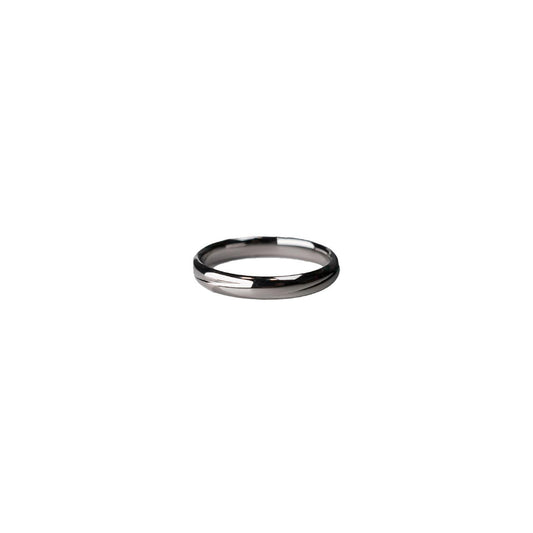The Multifaceted Nature of Diamonds Exploring Their Many Sides
The Multifaceted Nature of Diamonds Exploring Their Many Sides
I found myself captivated by the intricacies of a diamond during a weekend getaway to a quaint jewelry shop. As I stared into the display case, the facets of each stone sparkled under the soft lighting, each one a tiny masterpiece. But it got me wondering—not just about the beauty of these gems, but about their structure. How many sides does a diamond really have?
The answer isn’t as straightforward as one might expect. Technically, diamonds as we typically encounter them in engagement rings or earrings are cut in various styles, each with its own number of facets. The classic round brilliant cut, for example, boasts 58 facets if you include the culet, the small flat bottom that helps reduce light leakage. These facets are the polished surfaces crafted to maximize a diamond’s ability to refract and reflect light, giving that brilliant sparkle people adore.
The choice of cut isn't just about aesthetics; it’s a careful consideration of the rough diamond’s natural shape and potential. This was all news to me until I started researching for an anniversary gift. Turns out, diamond cutters are like artists, using their skills to bring out the best in each stone. The process is as much about craftsmanship as it is about science. Every facet must be precisely angled to optimize brightness and fire—the technical terms for the white and colored sparkles you see.
But there’s more than just geometry at play. Diamonds carry a sort of cultural weight, representing tradition, love, and status. I remember my grandmother’s stories about how her diamond ring was a precious heirloom passed down through generations. It symbolized not just love, but history and connection. Each facet is a piece of a story, a sliver of light reflecting memories and promises.
Beyond the physical aspects and cultural ties, diamonds have sparked endless fascination and debate—from ethical sourcing to their role in modern fashion. Nowadays, with the rise of lab-grown diamonds, even the definition of what makes a diamond a "real" diamond is evolving. Yet, whether mined from the earth or created in a lab, the allure remains the same. Each stone tells a unique tale, shaped by both human hands and nature.
As I left the shop that day, I found myself smitten, not just with the diamond I eventually chose but with the story it held. It’s incredible how something so small can have so many sides, both literally and figuratively. A diamond might have 58 facets, but its stories and meanings are infinite. In a world that can often feel one-dimensional, there's something profoundly satisfying about an object with so many facets, both to see and to ponder.


























